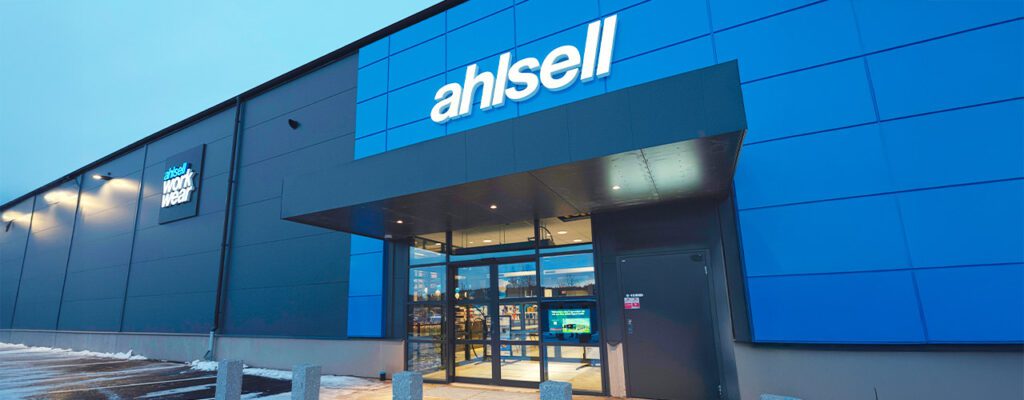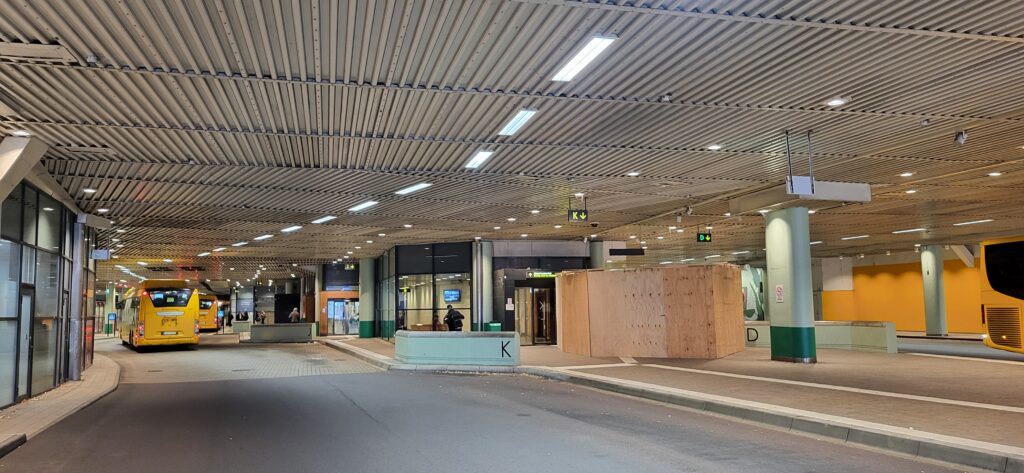Low energy mesh - the new industrial era
I guess nobody has missed that LumenRadio recently not only outperformed the competition, but also set a new standard for low energy mesh technology. Let us explain in detail what this means for Industry 4.0 and what incredible benefit it may entail for your business.
Real-time condition monitoring of critical equipment is a rule rather than an exception. At the same time less critical functions are disregarded due to cost or complexity aspects. However, sudden failure of these unmonitored assets might cause major damages to equipment, unplanned shutdowns or slowdowns with large expenses as a result. Actually, it is the installation of wireless sensor networks that is predicted to grow at an exponential rate over the next few years and among the fastest-growing sensor types are the simple temperature sensors.
Many of you reading this are probably familiar with the tough requirements that need to be fulfilled to receive IP, IECEx and ATEX-certification for industrial devices. These certifications defines the essential health and safety requirements and conformity assessment procedures to be applied so that critical applications are protected in demanding environments.
Zero-wire sensor solutions
After these devices are installed and put in operation in Hazardous Locations, they must not be opened or affected – hence changing batteries after a few years in operation is not an option. You don’t want to put anything at risk in an explosive atmosphere and the products need to be designed to withstand extremely harsh conditions during its complete life cycle. This is one of the main benefit with having wireless products running in industrial applications; eliminating the need of changing batteries through the whole lifecycle. A technology which solves this problem is in strong demand and by some it’s considered a dream – we just made it a reality.
By releasing improved ultra-low energy consumption for battery operated solutions, we made it possible for industrial players to break new ground and take the next step within zero-wire sensor solutions.
Low energy mesh for sensor technology
MiraOS v2.1 enables ultra-low energy consumption for battery operated solutions. The current consumption for meshing nodes is now reduced to less than 16uA, which enables more than 15 years operation in routing mode from an AA-sized battery.
MiraOS enables low-powered sensor technology to become smart and connected through large-scale wireless mesh networks. Finally, product manufacturers can get an ultra-reliable and Future-Proof wireless solution with the most resilient technology on the market – justifiable for a much broader range of equipment. Decreased energy consumption means that sensors and devices can be designed for industrial requirements running on small batteries for a complete product lifecycle. Another main driver of low energy mesh technology in battery powered devices is retrofit. Industrial machines are retrofitted with wireless sensors to attain lower installation cost, lower product costs and to have an increased service life of the product.
Low-power radio technology is a fundamental requirement in the design of communication protocol for wireless sensor networks. Only by doing that we can achieve autonomous sensor networks that are flexible and can be installed at low cost.
We have said it before – choosing the right wireless connectivity technology will be crucial for the future success of your business, so don’t settle for mediocre standards.




